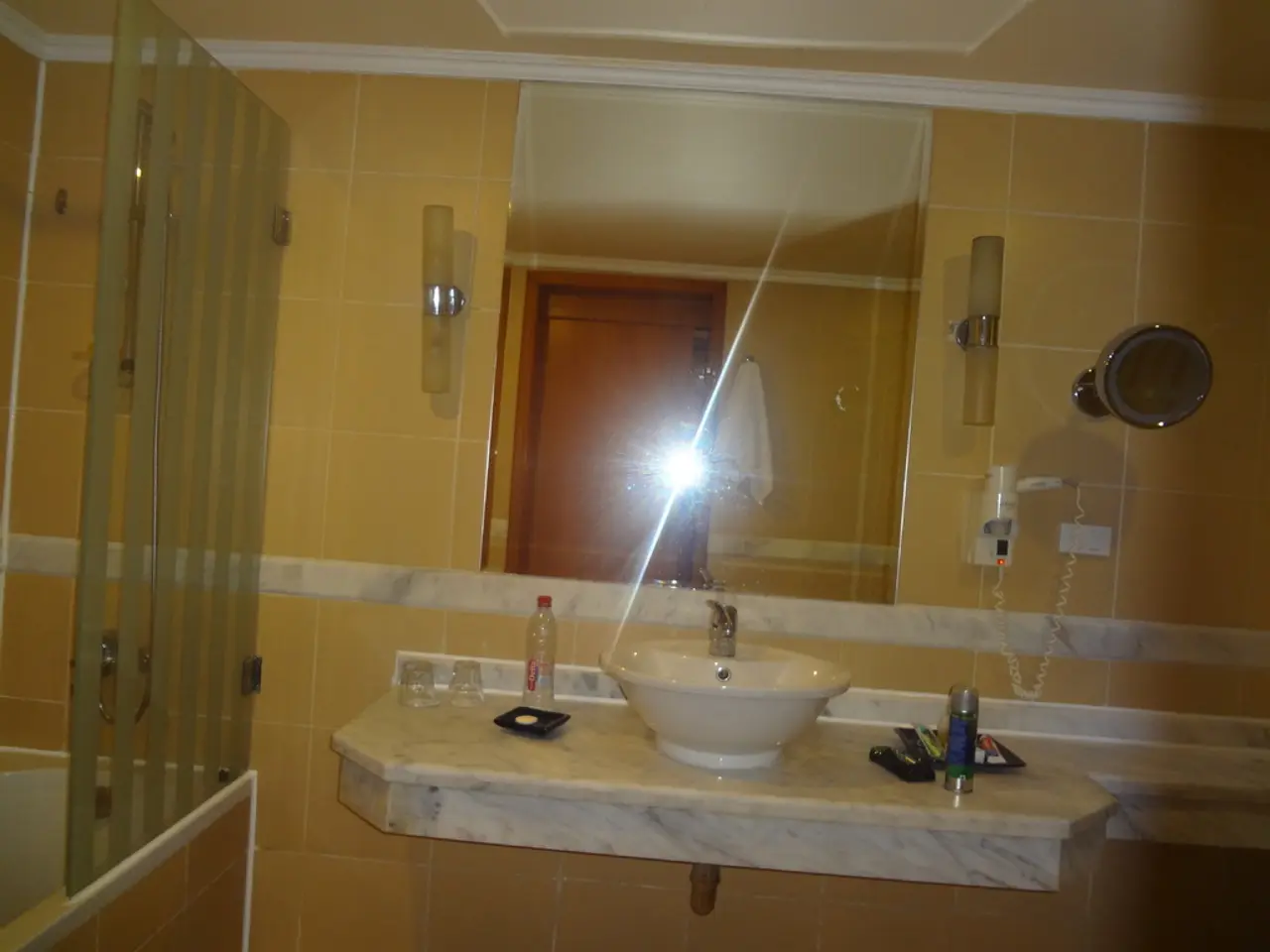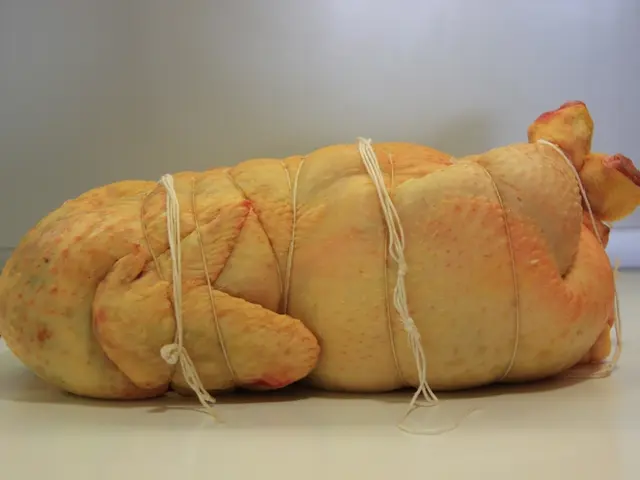Guide on Removing a Stye
Styes, a common eye infection, can be a nuisance but are usually treatable with a combination of home remedies and proper care. This article provides a guide on managing styes and knowing when to seek professional help.
Home remedies are often effective in managing stye symptoms and promoting healing, especially in mild cases. The most recommended at-home care includes warm compresses, good eyelid hygiene, and avoiding squeezing or popping the stye. Warm compresses help soften clogged oil glands, encourage drainage, and reduce pain and swelling, making it the first trusted step in treating a stye at home [2][3][5]. Maintaining clean eyelids with mild soap or baby shampoo helps keep the area clean and prevent further infection [3][5]. It is important not to squeeze the stye as this can worsen the infection or cause it to spread [3][5].
Over-the-counter antibiotic ointments can help if a bacterial infection is suspected and alleviate symptoms [1][5]. While over-the-counter ointments, medicated pads, and solutions may help ease pain, they do not necessarily increase recovery time. Nonsteroidal anti-inflammatory drugs (NSAIDs) like ibuprofen may help reduce inflammation, burning, and swelling [4].
Additional home remedies like turmeric paste or warm teabags have anecdotal support for antimicrobial or anti-inflammatory properties but lack strong scientific evidence [1]. Using coconut oil for stye management is not a standard recommended approach due to limited scientific evidence.
Styes typically last about three days, pop, and then heal in about a week [2]. However, if the stye becomes larger or more inflamed, healing might take longer. In some cases, persistent or severe cases require medical attention to prevent complications [2][3][5].
Professional medical care is advised if the stye becomes very painful, swelling spreads beyond the eyelid, does not improve after a week, or affects vision [3][5]. This may involve prescription antibiotics or minor procedures to drain the stye.
To treat a stye at home, wash your hands thoroughly with soap and water before touching your eyes or applying any remedies. It is also advisable to avoid makeup and wearing contact lenses when you have a stye to prevent further irritation and infection.
Styes usually occur on the outside edge or just under the eyelid. Folding up a damp washcloth and microwaving it for 10 to 20 seconds can create a warm compress. Managing expectations for an overnight cure for a stye is advisable, as most styes can take seven to 10 days to heal with at-home treatments [2].
Maintaining good hygiene and avoiding touching your eyes can help prevent styes. A stye is a bacterial infection in an eyelash follicle or tear gland [6].
In conclusion, home remedies—particularly warm compresses and eyelid hygiene—are usually effective for stye treatment and can result in healing within about a week. Persistent or severe cases require medical attention to prevent complications [2][3][5].
- For home-based health-and-wellness, maintaining good skin-care practices, such as clean eyelids and warm compresses, can help manage styes effectively.
- Fitness-and-exercise routines, including NSAIDs like ibuprofen, may aid in reducing inflammation and pain associated with styes.
- In workplaces, promoting workplace-wellness, such as providing guidance on eye infections like styes and maintaining a clean work environment, can help employees stay healthy.
- Therapies-and-treatments for severe or persistent styes might include prescription antibiotics, as professional medical care may be necessary to prevent complications.








